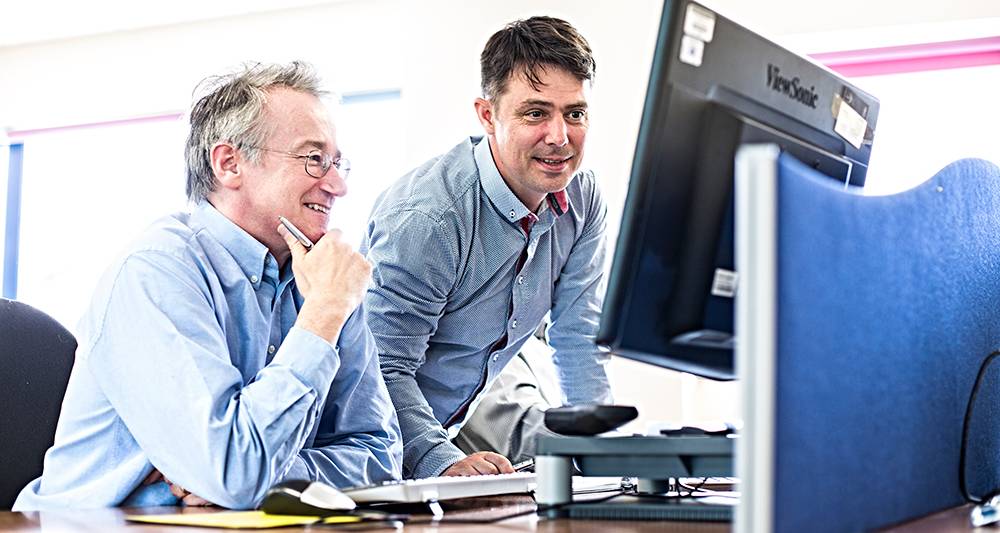SoC Architect
 Designing a large complex chip is not simply question of connecting together a set of IP blocks according to Sondrel. There is actually considerable creativity required as well. Just like a great building design needs a great architect, a great chip design needs a great chip architect.
Designing a large complex chip is not simply question of connecting together a set of IP blocks according to Sondrel. There is actually considerable creativity required as well. Just like a great building design needs a great architect, a great chip design needs a great chip architect.
Electronic designers are very logical and precise but a chip architect needs to also be creative as well to be able to think of a range of different ways to solve a problem. Being able to use both the left and right halves of the brain is a rare skill in electronic design. We are always looking for such people to join us as chip architects as they play a fundamental role in the creation of the big complex chip designs that we do.

The real-world process of designing a big chip starts with a customer brief which can range from a simple outline of what is required through to a very detailed specification depending on the experience of the customer. Sondrel has a team of Solutions Architects that meet to discuss the brief in depth with the customer and create a feasibility study, which crystallises the design into a tangible form. This identifies the technologies and IP needed including which processor, the process node to be used, etc to provide the Power Performance Area summary, of which the Area is critically important as the size of the chip determines its final cost.
Being able to use both the left and right halves of the brain is a rare skill in electronic design.
Once approved, the task is handed over to the front-end and back-end design teams with an Architect assigned to maintain a high-level view and guide the project as the keeper of the overall technical perspective.
Rowan Naylor, a System on Chip Architect, explained, “Designing a complex chip can take a couple of years. Features and specifications can change over this time -- often called feature creep. The Architect needs creativity to ensure that none of the changes impact on the overall design and functionality. New features typically mean new functionality, which can impact the design, so the task is to ensure that they don’t compromise the design operation or significantly impact the cost and timescales. It’s rather like having a large cloud of possible end solutions and collapsing the size of the cloud over the lifetime of the project to coalesce on the best solution, which requires a high level of creativity to maintain a variety of possible design outcomes simultaneously.

“A key part of the possibility cloud of solutions is the continual trade-offs of the best possible technical solution, which would be unfeasibly expensive, to find the timely, commercially viable solution that achieves the key performance requirements of the project.
“Fortunately, Sondrel has a growing team of Architects with a wide variety of experience to draw upon that meet regularly to discuss live projects and brainstorm creative ways to solve the wide variety of challenges that always arise with big complex chip designs. Those sessions are enormous fun as the creative energy is huge making them the highlight of the week.”
